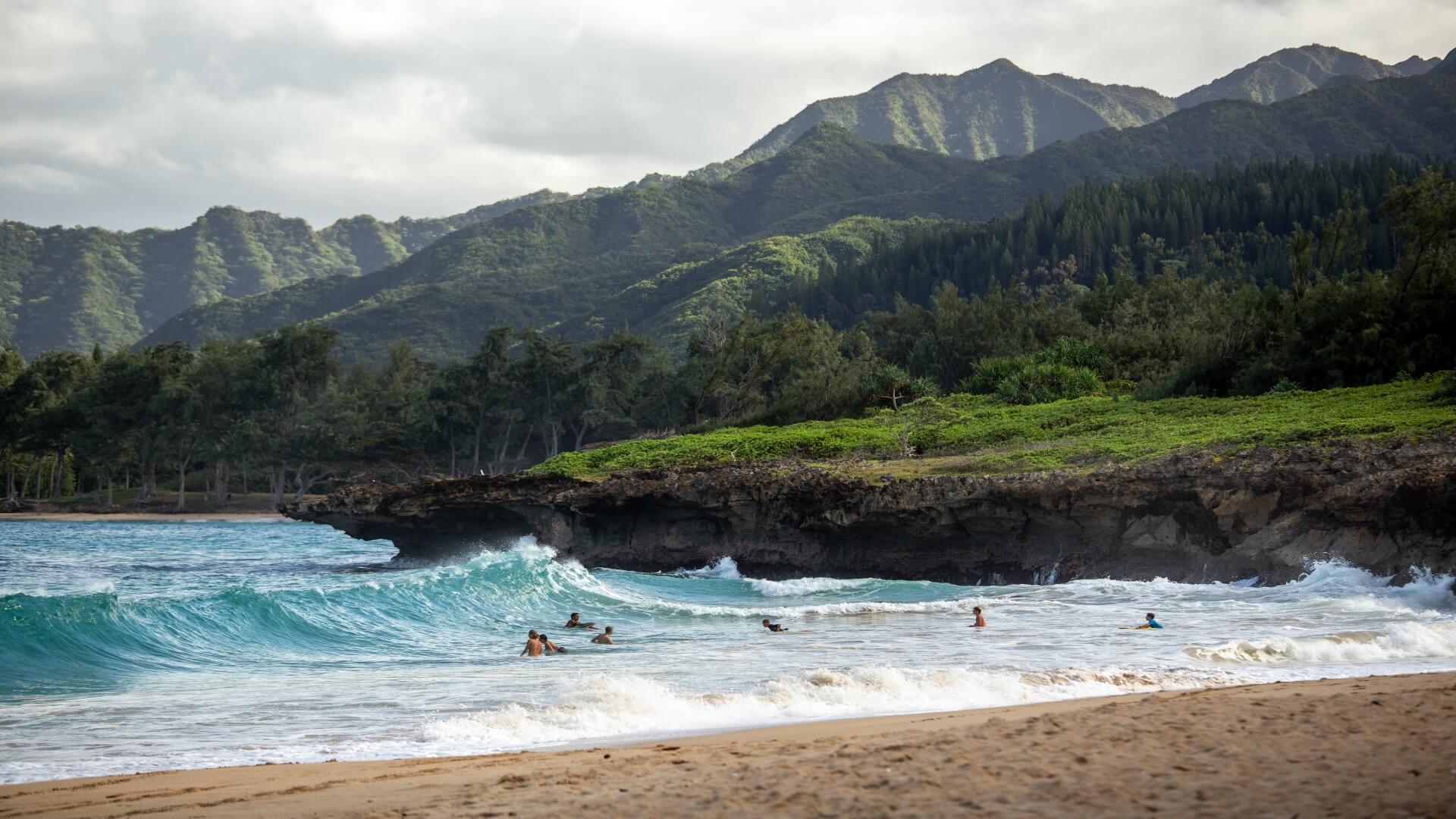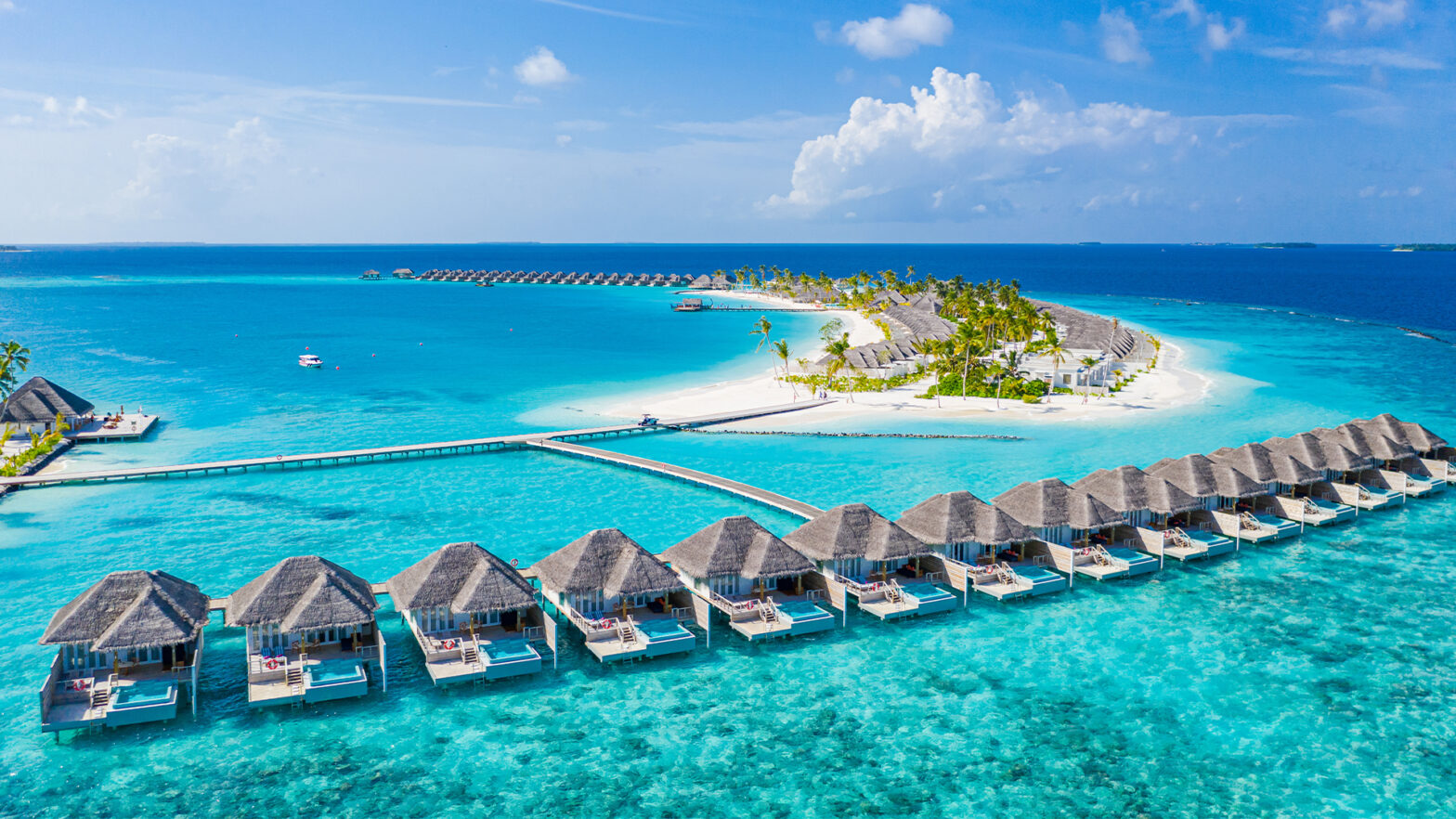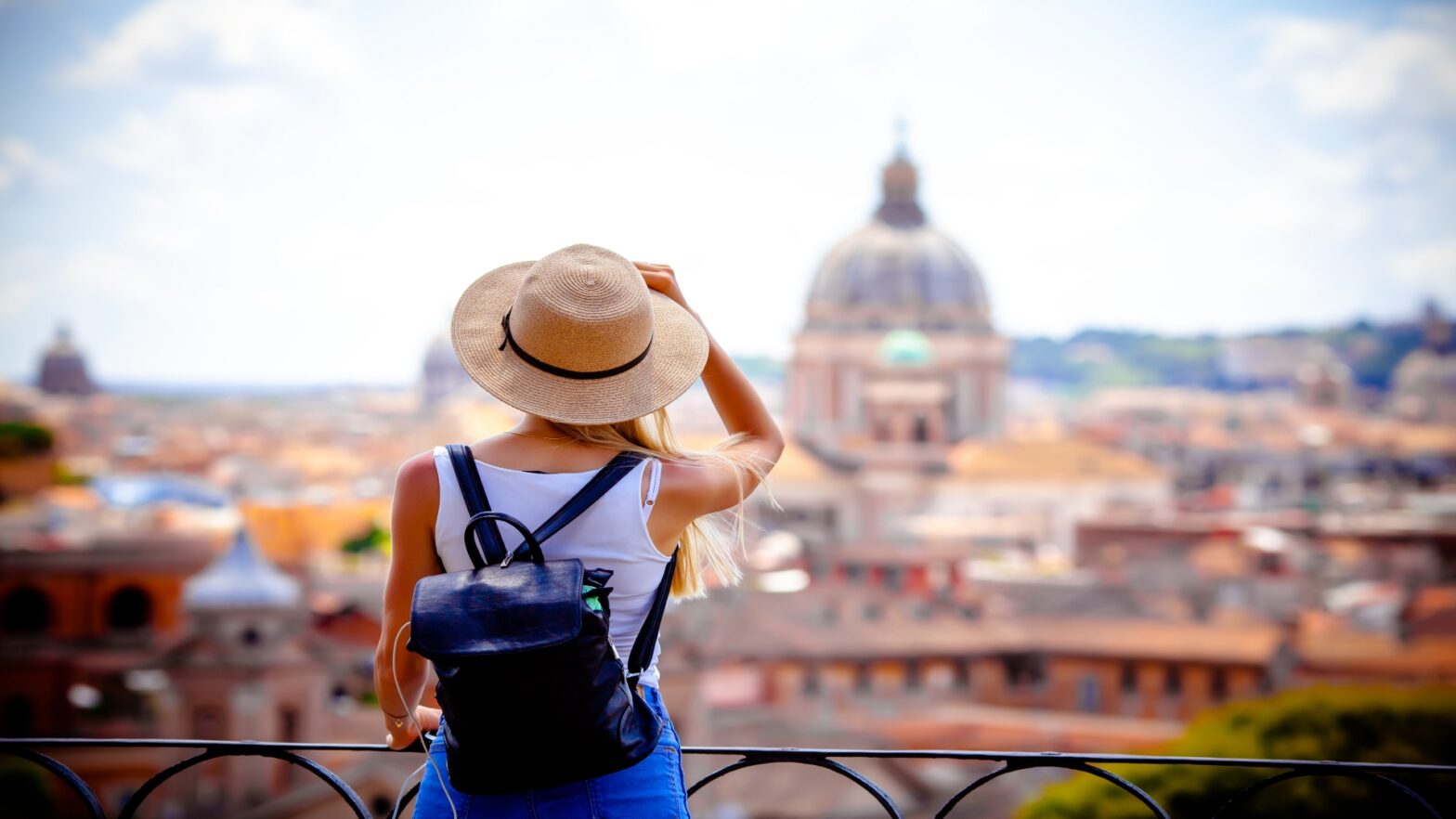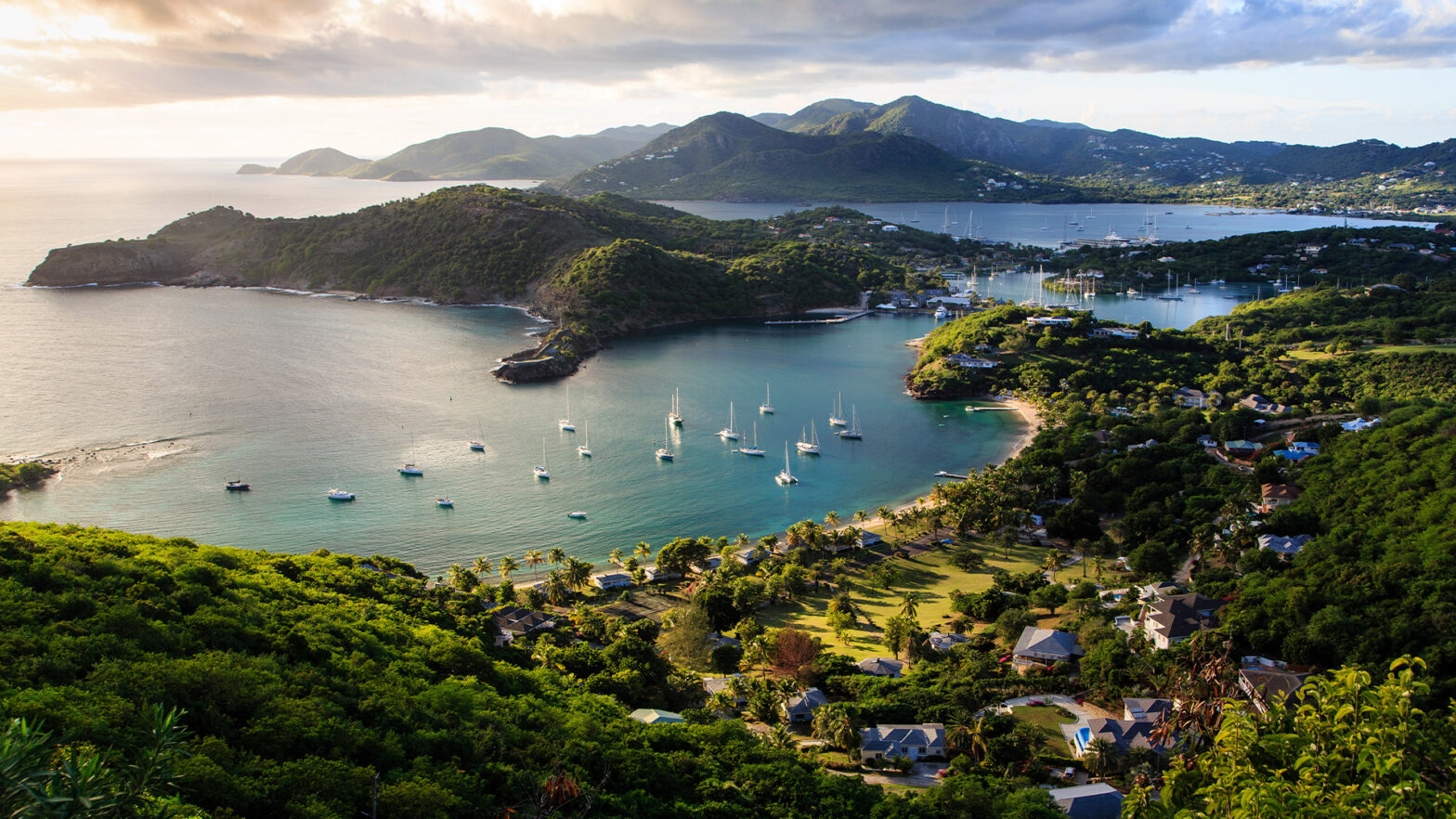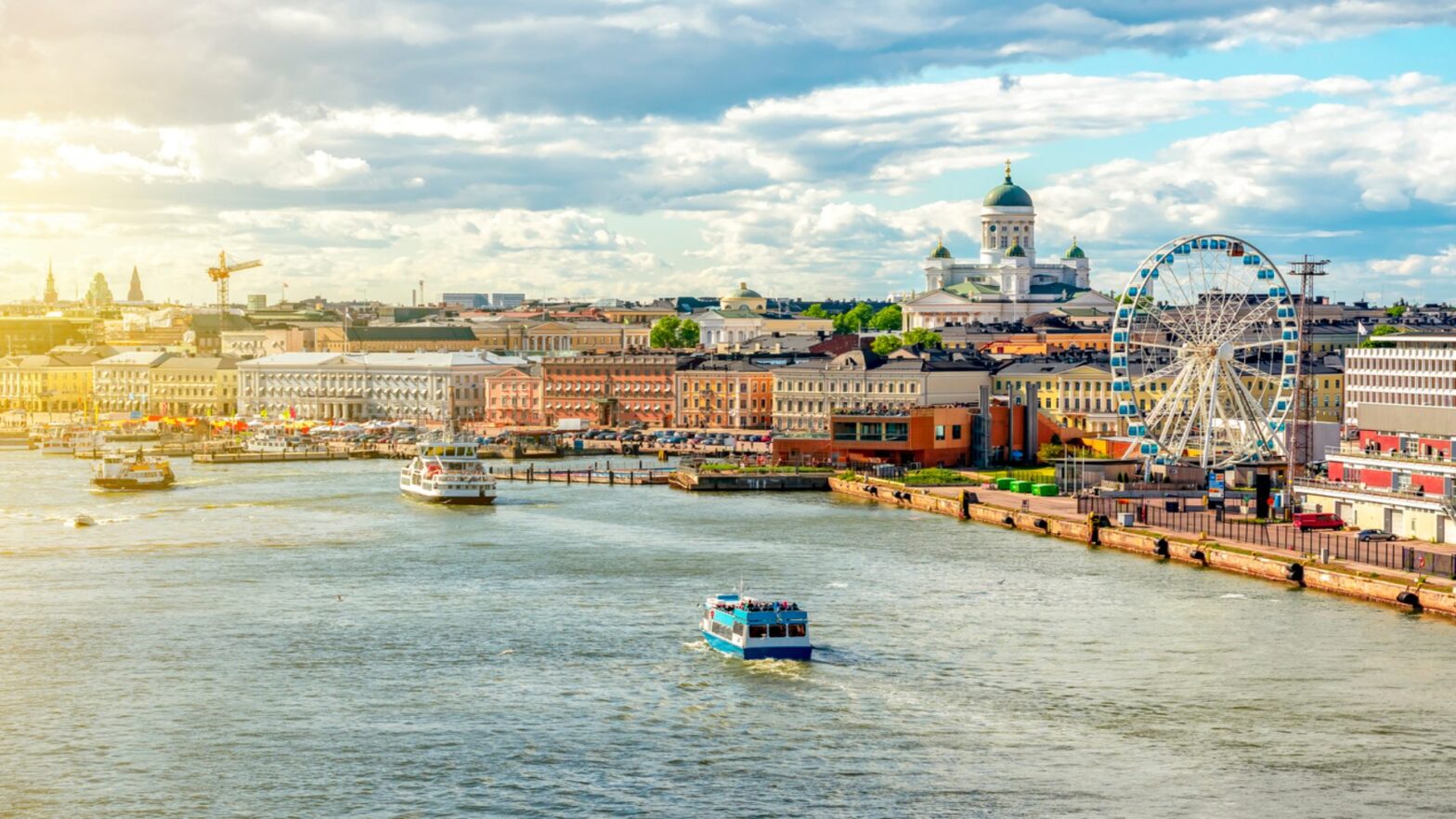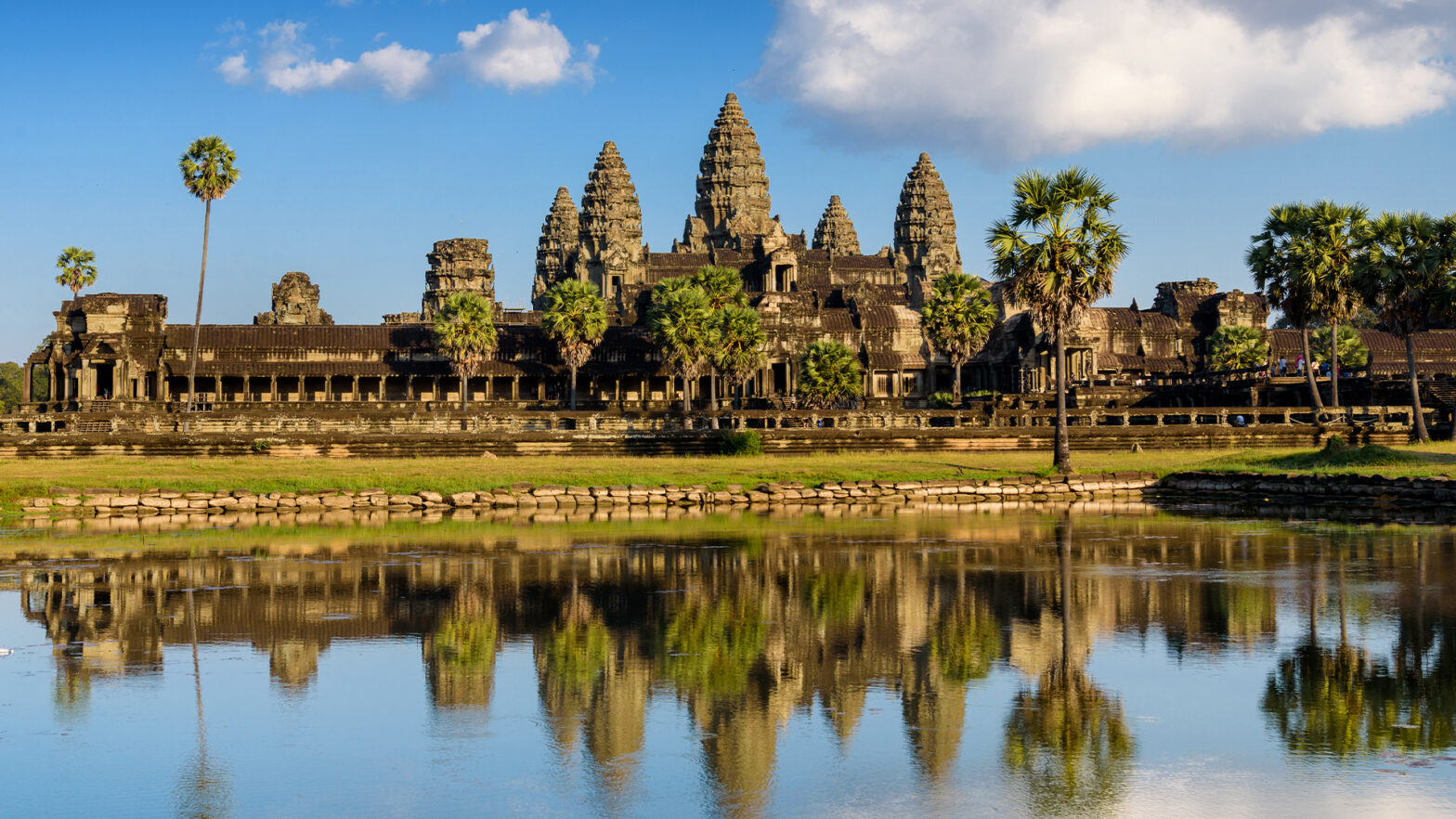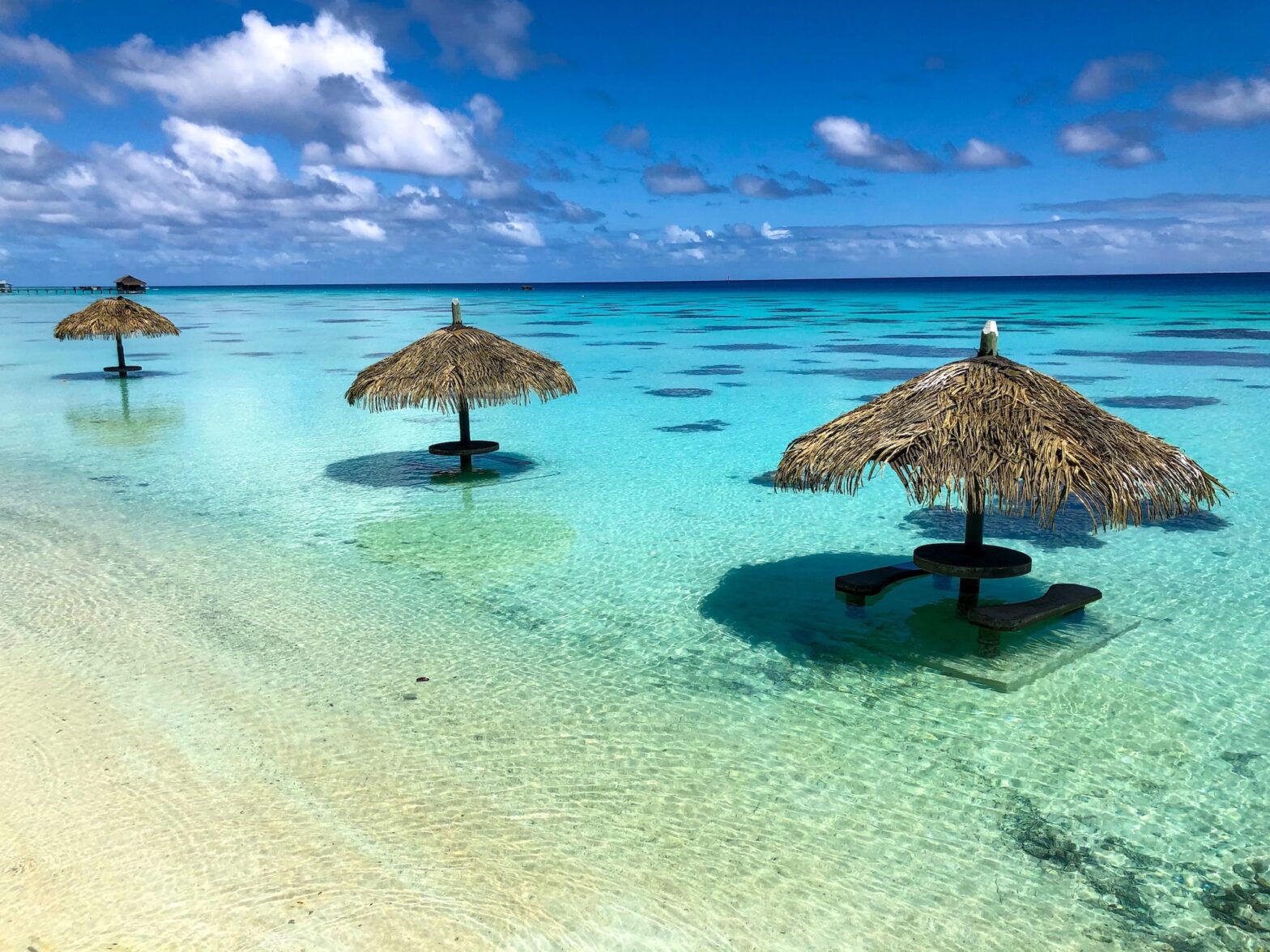You’ve booked your tickets, cleared your schedule, and told your boss you’re taking a vacation. It’s time to start packing for Hawaii! But before you pack your bags and head to the airport, there are a few things you should know about Hawaii. From the best places to visit cultural norms, read on for a complete guide to everything you need to know about Hawaii before you start packing.
The Best Places To Visit In Hawaii
Hawaii is a dream destination for many, and it’s easy to see why. The state is home to some of the most beautiful beaches in the world, as well as stunning volcanoes, lush rainforests, and vibrant coral reefs. Whether you’re looking for a relaxing beach vacation or an adventure-filled trip, Hawaii has something for everyone. To help you plan your trip, we’ve put together a list of the best places to visit in Hawaii.
Maui
Maui is known for its beautiful beaches, lush rainforests, and stunning volcanic landscapes. It is generally known as the best island to visit in Hawaii. There are many different things to see and do in Maui, so it is no wonder that it is such a popular destination. Here are some of the best places to visit in Maui:
1. Haleakala National Park: This national park is home to the Haleakala volcano, which is one of the most popular tourist attractions in Maui. The park offers many different hiking trails, as well as opportunities to see some of the native Hawaiian wildlife.
2. Lahaina: This historic town was once the capital of Hawaii, and it is now a popular tourist destination. There are many shops and restaurants to explore in Lahaina, as well as some historical sites such as the Lahaina Fort and the Baldwin Home Museum.
3. Molokini: Molokini is a small island off the coast of Maui that is known for its clear waters and abundant marine life. It is a popular spot for snorkeling and diving, and several tour companies offer boat trips out to Molokini.
4. Hana: Hana is a small town located on the east coast of Maui. It is known for its beautiful black sand beaches, as well as its rainforest hiking trails. There are also several waterfalls located near Hana, making
Kauai
Kauai is the oldest and northernmost island in the Hawaiian chain. With its dramatic cliffs, verdant canyons, and pristine beaches, Kauai is often called the “Garden Isle.” Kauai’s must-see sights include the Kalalau Trail, which winds along Kauai’s rugged coastline; Waimea Canyon, nicknamed the “Grand Canyon of the Pacific;” and Wailua Falls, an 80-foot tall cascade. Other popular activities on Kauai include hiking, kayaking, and whale watching.
Oahu
Oahu – often called “The Gathering Place” – is the third largest of the Hawaiian Islands and home to over 75% of the state’s population. Oahu is a beautiful mix of city life and country living, with something to offer everyone. From world-famous Waikiki Beach to the majestic Diamond Head crater, there are plenty of reasons why Oahu is one of the most popular tourist destinations in the world.
Bring Mosquito Repellent
As you start packing for your trip to Hawaii, don’t forget to include mosquito repellent on your list! Mosquitoes are more active during the daytime in Hawaii, so it’s important to be prepared. There are a few things to keep in mind when choosing a mosquito repellant:
- Choose a repellant with DEET for the best protection.
- Look for a repellent that is water-resistant if you’ll be spending time near bodies of water.
- Apply repellent liberally and reapply as needed, especially after swimming or sweating.
With mosquito repellant in hand, you’ll be able to enjoy all that Hawaii has to offer without worry!
Get To Know The Cultural Norms
If you’re planning a trip to Hawaii, it’s important to be aware of the local culture and customs. Here are a few things you should know about the cultural norms in Hawaii:
- Hawaiians are typically very laid-back and relaxed. This casual attitude extends to how they dress, which is usually quite casual.
- Hawaiian culture is strongly influenced by the Native Hawaiian people. There is great respect for the land and nature, and many traditional Hawaiian customs are still practiced today.
- Family is extremely important in Hawaiian culture. Extended family members often live close together and support each other.
- Religion also plays a significant role in Hawaiian culture. Christianity is the dominant religion, but there is also a strong belief in Hawaiian gods and goddesses.
The Weather And Climate Of Hawaii
The Hawaii weather and climate are perfect for a tropical getaway. The average temperature in Hawaii is about 78 degrees Fahrenheit. The warmest months are from August to October, and the coolest months are from November to March. The rainfall in Hawaii is heaviest from December to February. Hawaii has two main types of climates- the wetter, eastern side of the islands and the drier, leeward side of the islands. The wetter side is where you’ll find most of the rainforests and the drier side is home to the deserts. In general, if you’re looking for a hot beach vacation, Hawaii is the perfect place. With its sandy beaches and clear blue waters, you’re sure to have a relaxing time.
The Local Hawaiian Cuisine
When it comes to food, Hawaii is all about freshness. Local Hawaiian cuisine often features seafood that has been caught the same day, as well as fruits and vegetables that have been grown on the island. One of the most popular local dishes is poke, which is raw fish that has been marinated in soy sauce and sesame oil. Other popular dishes include lau lau (pork wrapped in taro leaves), Kalua pig (slow-roasted pork), and poi (taro root pudding). If you’re looking for a more casual dining experience, there are plenty of food trucks and stands serving up delicious Hawaiian plates. You’ll find everything from teriyaki chicken to mochi ice cream. And of course, no trip to Hawaii would be complete without trying a shaved ice or Loco Moco (rice topped with a burger patty, egg, and gravy).
The Currency
And finally, when it comes to currency – you need to be prepared. Hawaii uses the US dollar. You may want to bring some extra cash in small denominations for tipping purposes. As for exchange rates, if you’re arriving from outside the US, you will need to research the relative exchange rates from your home currency to assess how much money you will be needing to bring.
A Hui Hou!
Hopefully, after having read this article, you now feel fully informed and prepared for your Hawaiin adventures. Just be sure to pack your mosquito repellent and your sunscreen before you jet off! Mahalo!









